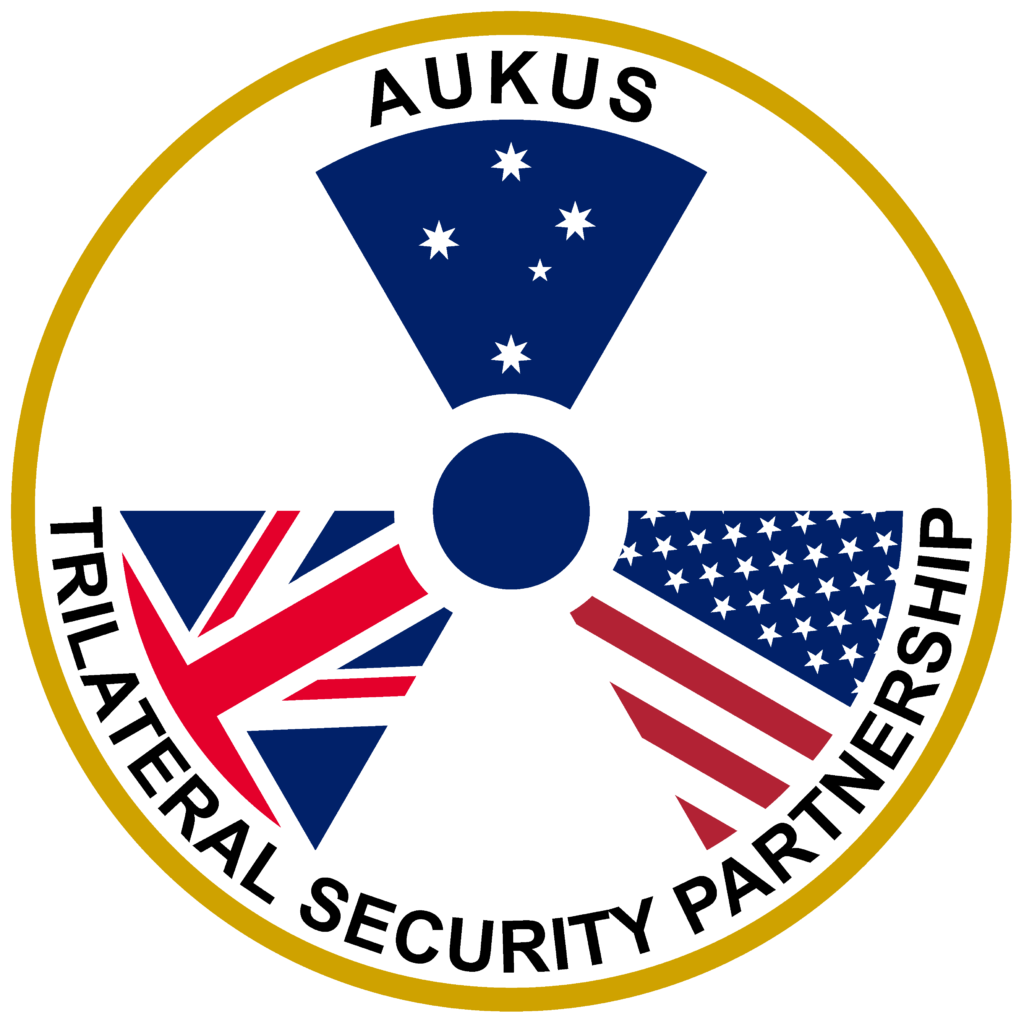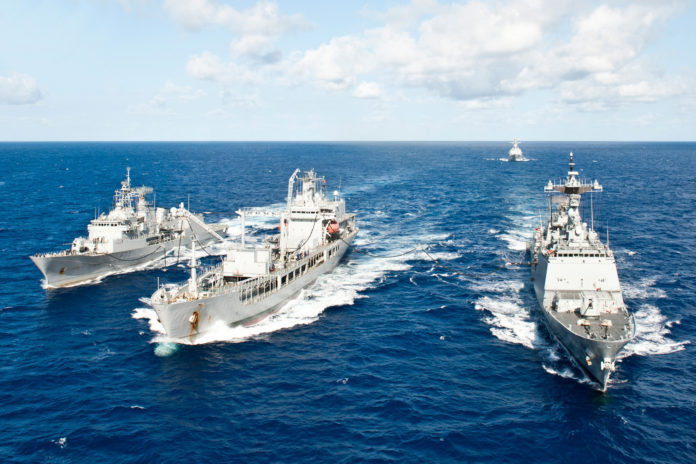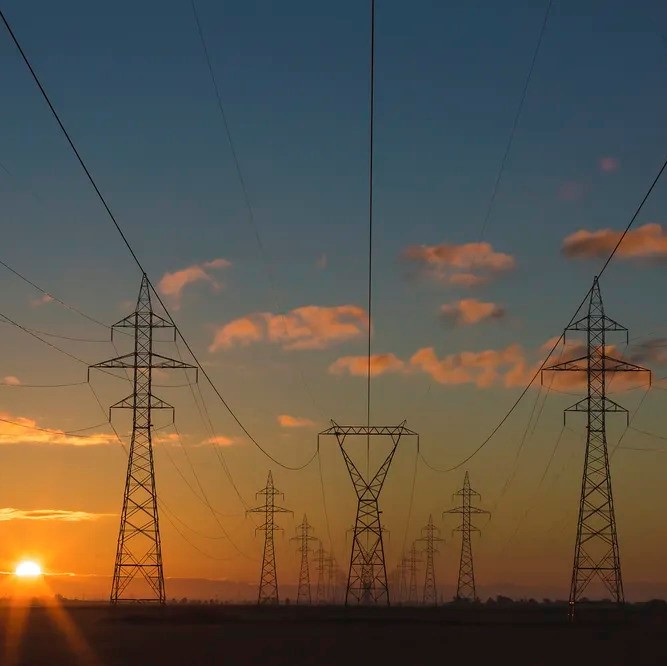When the AUKUS security pact was announced in 2021, it echoed like thunder across oceans. A strategic trilateral alliance between Australia, the United States, and the United Kingdom, it promised to reshape naval power in the Indo-Pacific. At its core was a powerful ambition: to provide Australia with nuclear-powered submarines — for the first time in its history.
But like most big dreams in geopolitics, the road from announcement to execution is long, steep, and filled with hidden snags.
Nearly four years later, the deal that once promised seamless integration and shared capability is struggling beneath the weight of its own complexity. Export restrictions, bureaucratic bottlenecks, and national security fears have become unexpected hurdles — ones that no naval sonar could have detected at the outset.
This is a story of ambition caught in the net of red tape. Of allies, trust, and a future where high-stakes diplomacy meets the cold, hard metal of submarine hulls.
The Promise of AUKUS: Unity, Technology, and Deterrence
The logic behind AUKUS was straightforward on the surface: as China expanded its naval footprint in the Indo-Pacific, the West needed to deepen its strategic presence. Equipping Australia with nuclear-powered submarines — likely U.S. Virginia-class and later U.K.-designed SSN-AUKUS subs — was a way to ensure deterrence, rapid response, and a collective security architecture across key waters.
But there’s a big difference between a political handshake and an industrial handshake.
AUKUS wasn’t just about naval dominance. It was about breaking barriers to technology transfer, joint manufacturing, and industrial collaboration on an unprecedented scale. And initially, things looked promising. In 2023, the U.S. relaxed many of its rigid International Traffic in Arms Regulations (ITAR) controls for Australia and the U.K. — freeing about 70% of defense exports from licensing.
But the 30% that remains covered in red tape? That’s where the submarines sit. Right at the heart of what’s called the Excluded Technology List.
Nuclear Submarines: High Stakes, Higher Secrecy
Submarines — especially nuclear-powered ones — are not just machines. They are symbols of sovereign strength. They are mobile strongholds of stealth, endurance, and firepower. And in the U.S., they are guarded like the crown jewels of national security.
So when Australian companies attempt to step in and provide components or services — even ones the U.S. desperately needs to meet production goals — they’re often met with locked doors and layered restrictions.

Kylie Wright, Assistant Secretary of Defence Industry in Australia, puts it bluntly: “Submarine technology is on the excluded list. It’s not covered under the AUKUS exemption.”
Which means that despite being trusted allies, Australia still has to go through lengthy and complex licensing procedures — the same ones applied to less friendly countries — just to work on the very submarines it plans to buy.
Delays, Deadlines, and a $2 Billion Pressure Point
The submarine deal isn’t just about ships — it’s about timelines, trust, and investment. Under current plans, Australia will purchase three Virginia-class submarines from the U.S., with an option to buy two more.
But here’s the catch: the U.S. Navy is already facing serious production delays. To help ease that pressure, Australia pledged $3 billion to boost the American submarine industrial base — $2 billion of which must be paid by 2025.
But if Australia can’t even get its local companies into the supply chain — if it can’t contribute meaningfully to the process — then what are the billions really for?
Defence Minister Richard Marles hinted at this tension, noting that Australia’s ability to proceed depends heavily on whether the U.S. can actually deliver the submarines on time.
Australian Industry: Waiting at the Shipyard Gates
Imagine being a world-class manufacturer in Australia. You have the tools, the talent, and the tech. You build parts that U.S. shipyards desperately need — parts causing delays in submarine assembly. You’re ready to help.
But you can’t. Because of information-sharing restrictions.
That’s the situation facing companies like Veem, a Western Australian defence contractor with decades of experience. CEO Trevor Raman says they’re already producing the very parts slowing down American production. And yet, it will still take them a full year just to clear the U.S. security hurdles so they can exchange technical data.
Their challenge isn’t about engineering — it’s about proving they can keep American secrets safe.
“The reality is what we do is extremely specialised and requires a very high level of skill,” says Raman. “They are going to have to rely on some outward help.”
And he’s right. Because shipbuilding isn’t just about steel — it’s about collaboration. And collaboration doesn’t work without trust. Or rather, mutual trust.
Elon Musk, Trump, and a New Era of Procurement?
Into this tense, delicate picture steps a wild card: Elon Musk’s newly formed Department of Government Efficiency, tasked by President Donald Trump with reviewing shipbuilding procurement and regulations.
It’s the kind of move that feels both bold and surreal — assigning a tech billionaire known for disruption to untangle one of the most complex webs of military industrial policy in the world.
And while the executive order mentions “American-made components” and the need to “reduce regulations,” it’s unclear whether Musk’s task force will ease or tighten the current constraints.
Could this be a chance to push through reforms that accelerate AUKUS integration? Or will the “Made in America” doctrine double down, further excluding foreign partners — even close allies?
Only time will tell.
The Bigger Picture: Trust Takes Time, But Time Is Running Out
AUKUS was always more than a defence pact. It was a test of how much trust could be built — and maintained — between countries with shared values, but different laws, systems, and fears.
For many in the U.S. defence ecosystem, the idea of handing over submarine tech to another country, no matter how friendly, triggers old instincts. Protect the tech. Control the process. Never let secrets slip.
But those instincts may now be working against the very goals they were meant to serve.
Because without full industrial collaboration, AUKUS could become a paper tiger — grand in announcement, weak in implementation.
Looking Ahead: From Red Tape to Blue Oceans
There’s still hope.
Australian agencies are working closely with the U.S. to find workarounds and fast-track security clearances. Pilot programs involving Huntington Ingalls Industries (HII) and Honeywell are helping Australian companies get certified.
Admiral Samuel Paparo, head of U.S. Indo-Pacific Command, recently described Australia’s Indian Ocean ports as a massive advantage for U.S.-commanded submarines post-2027 — highlighting the strategic logic that underpins this partnership.
But logic alone won’t build submarines. That takes welders, engineers, logistics experts — and above all, a system that trusts them to work together.
Final Thoughts: AUKUS Is a Dream Worth Fighting For
At the heart of all this lies a dream — a shared one. That democratic nations can build together, defend together, and innovate together in the face of shared threats.
The nuclear submarine is just a vessel. The real mission is about sovereignty, deterrence, and the ability to stand together in uncertain waters.
For that mission to succeed, laws must adapt to realities, systems must evolve to allow trust, and partners must be allowed to act like true allies — not contractors behind red tape.
As AUKUS navigates its way through murky waters, one truth remains:
Ships may be built in shipyards, but alliances are built in the spaces between rules — where trust is allowed to grow.




